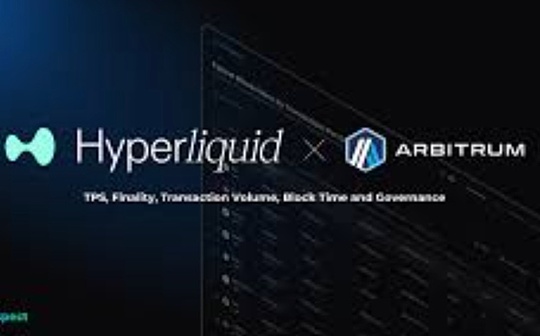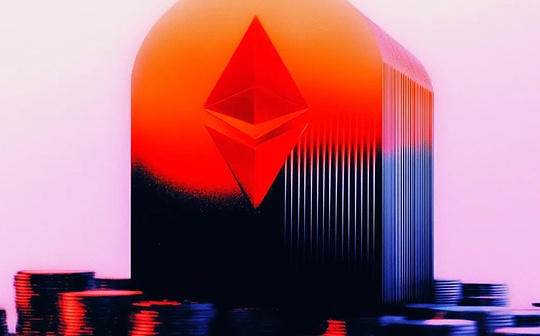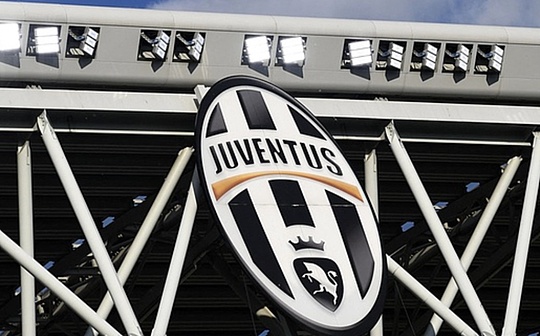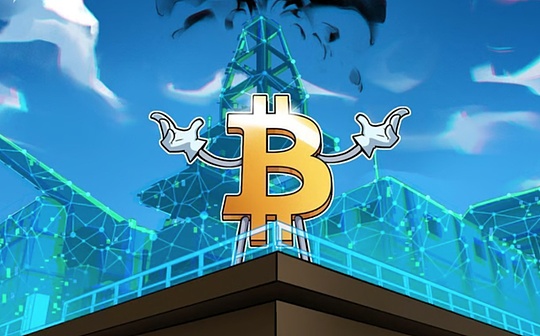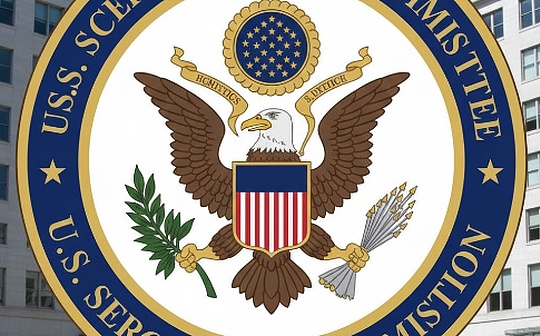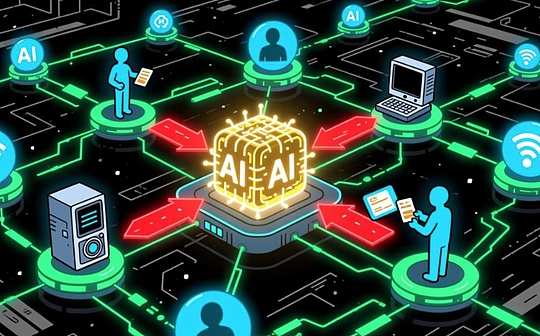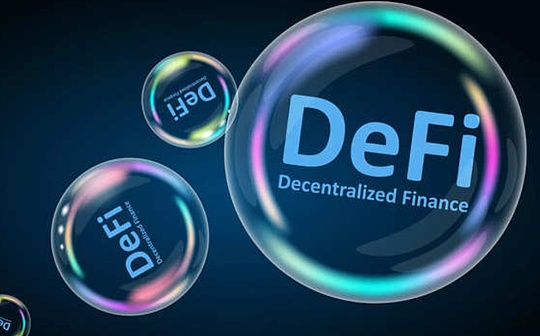
Author: Mona El Source: coindesk Translation: Shan Oppa, Bitchain Vision
Mona El Isa, co-founder of Enzyme Finance, said recent mergers and acquisitions show that we are entering a new era in which traditional finance and decentralized finance will work together to build a unified and dynamically evolve financial ecosystem.
In the fourth quarter of 2024, M&A activity in the cryptocurrency sector surged, a trend that suggests that more deals could come in the new year, driven by market sentiment after the U.S. election.
M&A activity has been on the rise, and Stripe’s recent acquisition of Bridge is an important milestone, highlighting the increasingly blurred line between traditional finance and digital assets.
Trading activity in 2024 is still lagging behind the 271 record record set in 2022, indicating steady but curbed growth, but there are signs that the record in 2025 may be broken.With the launch of Bitcoin and Ethereum ETP by major institutions such as BlackRock, Fidelity and Grayscale, and the election of Trump has sparked optimism, a new wave of mergers and acquisitions is about to emerge.
The key question now is – what does mergers and acquisitions mean to drive innovation in the DeFi field?
Blink the gap
Recent high-profile acquisitions, such as Stripe’s acquisition of Bridge and Robinhood’s acquisition of Bitstamp, highlight the undeniable intersection between traditional finance and digital assets.These deals are not just for expansion, they also make it clear that companies are seeking to strengthen their products and services to meet the growing demands of institutional clients who want secure hosting and strong risk management.
Discussions have long placed DeFi in opposition to traditional finance, but recent M&A activities herald a whole new possibility of convergence.However, traditional finance faces many challenges in its transition to the DeFi sector, especially in regulatory compliance and accessibility.To address these challenges, traditional finance requires enterprise-level solutions that not only meet strict regulatory requirements but also greatly simplify the user experience.
Despite the powerful capabilities of the DeFi platform, complex interfaces are often daunting for non-encrypted native users.Platforms like Enzyme integrate smart contracts, automated investment strategies and risk management tools into an easy-to-use interface through transparent on-chain infrastructure, significantly lowering the barrier to entry.This approach not only simplifies the digital asset management process, but also ensures technical compliance while avoiding the complexities common to blockchain technology.
Composability: The catalyst for change
For developers and managers, integration can provide more resources in a secure, integrated infrastructure, greatly simplifying the process of innovation.This globalization trend is bridging the gap between Web2 and Web3, gradually eliminating the boundaries between the two, forming a unified and innovative space.And this trend is also happening within the decentralized field.
In DeFi, M&A (M&A) promotes the realization of composability by integrating resources, technologies and expertise from multiple projects, thereby enhancing interoperability between different protocols.Composability refers to the ability of different protocols and applications to integrate seamlessly and work together, which allows users to build complex financial solutions and also serves as an important catalyst for the growth of the DeFi space.This growing capability of protocol and resource integration enables developers to create new financial products and lowers the barrier to entry.Developers can build powerful applications without starting from scratch, while users can easily enjoy the convenience brought by connected services.
Liquid staking tokens are a classic example of composability and a key trend expected to grow rapidly in 2025.Not only can users earn pledge rewards through these tokens, they can also use them as liquidity or collateral, thereby enhancing capital efficiency and maximizing the utility of assets in the DeFi ecosystem.
The Future of DeFi in 2025
The future of decentralized finance is bright.The mature Ethereum protocol continues to be built and optimized.These advancements, combined with a more favorable regulatory environment and improved user experience, lay the foundation for significant growth in DeFi.
The future of decentralized finance lies in composability and interoperability.Networks should not be a barrier to investment, but switching between multiple networks can sometimes seem complicated.A simplified interface can help users focus on seizing opportunities rather than being troubled by technical obstacles.
As M&A activities continue, companies need to find a balance between DeFi’s innovation and the reality of regulation, governance and market competition.This integration is crucial to building a secure ecosystem, while also meeting the growing expectations of investors and developers.


